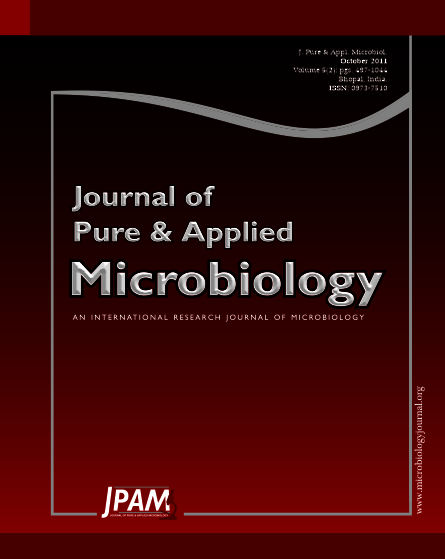Brucellosis is a zoonotic disease that is endemic in Iran. Appropriate and rapid diagnosis has a vital role in public health improvement. Low isolation rate of the organism has reported frequently in various reports. The present study was conducted to determine the isolation rate of organism in BACTEC(9120) system from collected specimens of suspected brucellosis patients. In this diagnostic- descriptive study 81 brucellosis patients from 361 suspected brucellosis patients diagnosed on the basis of clinical manifestations and positive serologic tests (SAT,Coombs wright,2ME) were included. Blood samples were provided and cultured either as direct inoculation into BACTEC system. Brucellosis was confirmed in 81 patients of 361(%59 females and %41 males) studied cases on the basis of the serologic results (SAT,Coombs wright,2ME). Brucella spp. was isolated in 19 samples (23.4%). Higher isolation rate when compared with prior studies indicates an appropriate sampling time and technique, rapid inoculation to the media.
Brucellosis, BACTEC, SAT, Coombs wright, 2ME
© The Author(s) 2011. Open Access. This article is distributed under the terms of the Creative Commons Attribution 4.0 International License which permits unrestricted use, sharing, distribution, and reproduction in any medium, provided you give appropriate credit to the original author(s) and the source, provide a link to the Creative Commons license, and indicate if changes were made.


